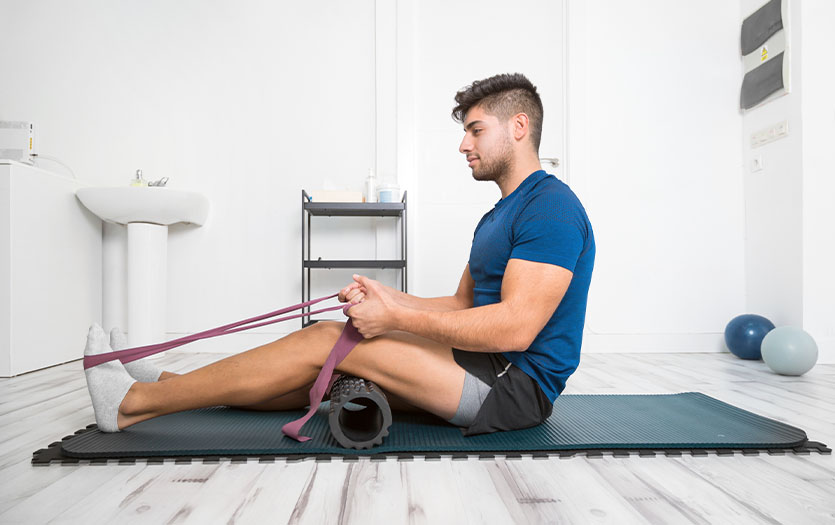
Brayden Clark, outpatient physical therapist, Parkview Sports Medicine, talks about mobilization drills using bands.
Joint mobilizations with a band can strengthen range of motion by improving the glide where the two bones meet at the joint. It's a little different from stretching because stretching addresses range of motion by targeting a deficit in muscular length.
Watch the video: Experts in Motion: Joint mobility drills
Some of the benefits of joint mobilization are:
- Decrease in pain
- Improvements in range of motion without compromising any force output or power production
Putting it into practice
Some examples of joint mobility drills include:
- Improving upward reach
- Improving dorsiflexion range of motion
These involve bringing the toes toward your shin and improving the lateral glide at the hip.
These will help with pain and have some functional transfer to things like squatting, upward reach, walking and navigating stairs.
Joint mobilizations can be performed at home, but they should be provided to you at the discretion of a physical therapist, because each joint has specific kinematics that it needs to follow, and bones need to slide and glide specific ways. This helps you improve your range of motion and then pair that improved range of motion with strengthening exercises to improve the functional range of the joint.
When performing these exercises:
- The band should be close to the joint itself because you want to perform the glide at the joint and not distal to the joint.
- Make sure that you're performing the appropriate glides in the appropriate directions, and that again, is why it's important to run these by your physical therapist or allow your physical therapist to provide the intervention itself.
To learn more about Parkview Sports Medicine services, visit us here.



